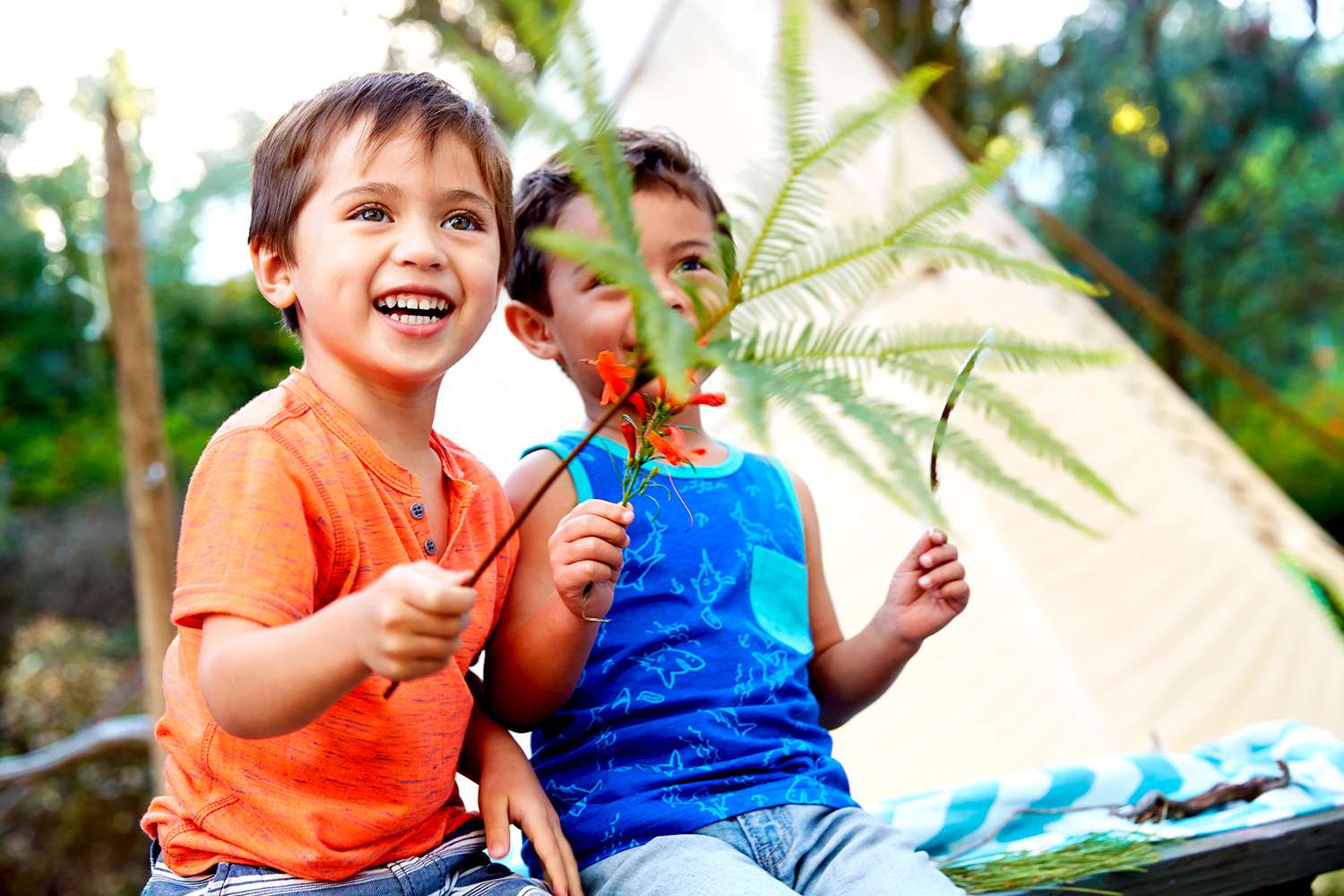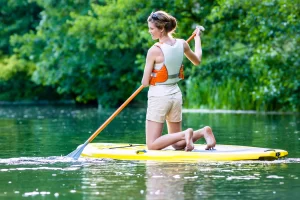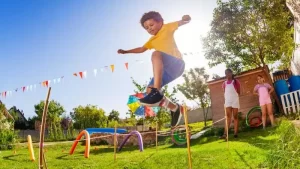Scavenger hunts are not only fun, but also a great way to let children explore the environment and develop their sense of adventure and wonder. Of all the different types of scavenger hunts, scavenger hunts in natural places such as parks, forests or beaches are the best for connecting children with nature. In this article we learn more about nature scavenger hunts and how they can make adventures more fun for young people.
Why scavenger hunts are good for your children’s health
Children stay fit and healthy more often when they go on a treasure hunt. These hunts get kids moving, which is good for their health, whether they are looking for a secret treasure or something specific.
develop your thinking
Scavenger hunts can help people improve cognitive skills such as decision-making, problem solving and critical thinking. Children use their minds and acquire useful mental skills as they search for clues and find their way out.
friendship skills
Teams and collaboration are common in scavenger hunts, giving children the opportunity to talk to each other, work together and achieve common goals. These conversations help them interact with others and make friends among the participants.
Make a scavenger hunt plan
Before you go on a nature scavenger hunt, it’s important to make sure everything runs smoothly and that everyone is having a good time.
choose a place
Choosing the right location is very important for a smooth geocaching event. Choose a natural place, such as a garden, park or forest, where there are many different plants and animals for children to discover.
Project selection or prompt
Choose things or hints for people to find during the game. Add natural things such as rocks, flowers, leaves or animal tracks to make the experience more educational and engaging.
Write down rules and guidelines
Create clear rules and directions for your scavenger hunt to ensure everyone is safe and the game is fair. Constantly emphasize the importance of protecting nature and wildlife, staying in marked areas and following instructions carefully.
Nature is the best place
Natural environments are great for geocaching because they provide many opportunities to discover new things and learn more about the world around you.
Add natural elements
Your scavenger hunt should include a range of natural things, such as different types of plants, trees, insects, birds and geological features. As children search for items on the list, tell them to pay attention and connect to their surroundings.
Think safe
Although geocaching in nature is fun, safety should always come first. Tell people about potential hazards, such as uneven terrain, poison ivy, or contact with animals, and make sure an adult is present if necessary.
Scavenger hunts for children come in many forms.
There are many styles of forest treasure hunts for all ages and interests.
Sensory treasure hunt
The goal of a sensory scavenger hunt is to explore the natural world through the five senses: hearing, seeing, smelling, tasting and touching. People can look for things that stimulate all their senses, such as bright flowers, the sound of birdsong, fragrant herbs, or edible berries.
How to name plants and animals
In these types of quests you have to figure out what kind of plant and animal something is by looking at it or reading about it. Children can use a field guide or an app on their phone to learn which animals live where and what they look like.
looking for a treasure
Geocaching is a game where people follow hints or maps to find prizes or hidden treasures scattered throughout nature. This scavenger hunt makes the journey even more exciting and mysterious and encourages children to work together to solve puzzles along the way.
How to create a fun scavenger hunt in nature
When planning a nature scavenger hunt, keep the following in mind to ensure everyone has a fun and memorable time:
Keep it age appropriate
Make sure the scavenger hunt and tasks are suitable for participants. For younger children, simple things like collecting leaves or looking for butterflies can be fun. Older children are faster at more difficult things, such as identifying plant species or following map coordinates.
Including learning opportunities
Use the scavenger hunt as an opportunity to teach children about nature and ways to protect it. Include interesting or educational facts about what they are looking for and get people talking about the importance of protecting nature.
finally
Outdoor geocaching is a fun and educational way for children to get to know and enjoy nature. They help children learn useful skills and develop a greater respect for their environment. Parents, teachers and other adults responsible for children can make scavenger hunts fun and memorable by planning carefully in advance and incorporating natural elements. These adventures inspire children’s curiosity, imagination and love of nature that will last a lifetime.
How long do nature quests usually take?
The length of a scavenger hunt depends on many factors, such as how many people are playing, how difficult the task is, and how large the area is to explore. Every outdoor scavenger hunt is different, but most last from 30 minutes to a few hours.
Do I need to prepare for the scavenger hunt in advance?
Yes, you need to plan ahead and be prepared for the treasure hunt. This includes choosing a good location, picking out items or clues for people to find, and making sure all necessary supplies and tools are easily accessible.
How do I ensure that everyone who participates in a nature scavenger hunt is safe?
Safety must come first. Conduct a risk assessment of the scavenger hunt location, provide clear instructions and rules to participants and ensure adults are aware of these if necessary. Participants must learn the possible dangers and what to do in an emergency.
Is a treasure hunt in nature suitable for children of all ages?
Nature scavenger hunts can be adapted to children of all ages and levels. For younger children, simple things like collecting leaves or finding animals can be fun. For older children, more difficult things, such as identifying plant species or following map coordinates, can be fun.
How about some unique scavenger hunts for a nature scavenger hunt?
Use your imagination when planning your scavenger hunt mission. You can add nature-themed puzzles, a photo scavenger hunt, or fun games like “I Spy” or “Nature Bingo.”



